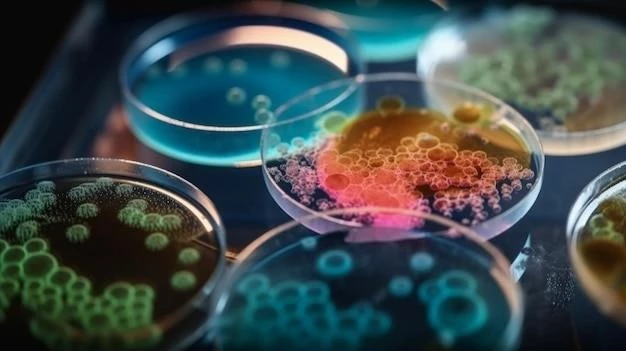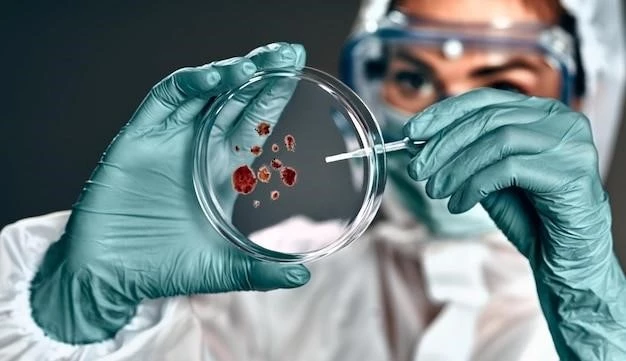Introduction to Merkel Cell Carcinoma
Merkel cell carcinoma (MCC), also known as Toker tumor, is an aggressive neuroendocrine carcinoma of the skin. It is the second most common cause of skin cancer deaths. MCC typically arises in the dermoepidermal junction and affects elderly individuals.
Description and Origin
Merkel cell carcinoma (MCC) was first described by Toker as trabecular carcinoma of the skin. This aggressive neuroendocrine carcinoma typically arises in the dermoepidermal junction and is the second most common cause of skin cancer deaths. MCC is known by various names such as Toker tumor, primary small cell carcinoma of the skin, and primary cutaneous neuroendocrine tumor. The origin of MCC is linked to Merkel cells and often affects elderly individuals.
Risk Factors and Incidence
Merkel cell carcinoma (MCC) is a rare, aggressive neuroendocrine tumor of the skin with increasing incidence. Specific risk factors include ultraviolet (UV) exposure, advancing age, and immunosuppression, often associated with Merkel cell polyomavirus (MCPyV) infection.
Specific Risk Factors
Merkel cell carcinoma (MCC) is associated with specific risk factors such as ultraviolet (UV) exposure, advancing age, immunosuppression, and infection with Merkel cell polyomavirus (MCPyV). These factors contribute to the development and increasing incidence of this rare, aggressive neuroendocrine tumor of the skin.
Diagnosis Challenges
Diagnosis of Merkel cell carcinoma (MCC) poses challenges, with a high rate of misdiagnosis and delayed medical attention due to the nonspecific clinical appearance. Misinterpretation by physicians as benign lesions can lead to delays in proper diagnosis and treatment.
Misdiagnosis Rates
Physicians face challenges in diagnosing Merkel cell carcinoma (MCC), with a significant misdiagnosis rate of 56%. The initial examination often leads to benign interpretation٫ delaying appropriate medical care and potentially impacting prognosis.
Clinical Presentation
Merkel cell carcinoma (MCC) typically presents as a painless, flesh-colored or bluish-red nodule on the skin, often in sun-exposed areas. Early diagnosis is crucial due to its aggressive nature.
Appearance and Characteristics
Merkel cell carcinoma (MCC) typically manifests as a painless, flesh-colored, or bluish-red nodule on the skin, often in sun-exposed areas. While initially appearing benign, these nodules may indicate an aggressive neuroendocrine carcinoma, emphasizing the importance of prompt diagnosis and treatment.
Treatment Options
Merkel cell carcinoma (MCC) is frequently curable with surgical and nonsurgical therapies, particularly if caught early. Treatments are often highly individualized, depending on various factors.
Individualized Treatments
Patients with Merkel cell carcinoma (MCC) benefit from highly individualized treatment plans. Therapies are tailored based on the patient’s general health, tumor characteristics, including size, location, depth, and extent of spread. Factors such as surgical resection, radiation therapy, and immunotherapy are considered in designing personalized treatment approaches for optimal outcomes.

Prognosis and Survival Rates
Early detection significantly impacts the prognosis of Merkel cell carcinoma (MCC). Survival rates vary based on the stage of the cancer at diagnosis and the effectiveness of treatment modalities.
Impact of Early Detection
Early detection significantly influences the prognosis of Merkel cell carcinoma (MCC), emphasizing the importance of timely diagnosis and treatment. Survival rates vary depending on the stage of cancer at diagnosis and the effectiveness of treatment strategies.
Distinction from Other Skin Cancers
Merkel cell carcinoma (MCC) presents distinct features that differentiate it from other skin cancers, such as its neuroendocrine origin and characteristic clinical manifestations. Understanding these differences aids in accurate diagnosis and management.
Differentiating Features
Merkel cell carcinoma (MCC) exhibits unique characteristics that set it apart from other skin cancers. These distinguishing features include its neuroendocrine origin, specific clinical manifestations, and microscopic evaluation requirements for accurate diagnosis.

Research and Advancements
Advancements in Merkel cell carcinoma (MCC) research focus on innovative immunotherapy developments to improve treatment outcomes. Stay updated on the latest advancements in the field.
Immunotherapy Developments
Immunotherapy advancements in the management of Merkel cell carcinoma (MCC) show promising results, offering novel treatment options that aim to enhance patient outcomes and survival rates. Stay informed on the evolving landscape of immunotherapy developments for MCC.
Market Insights
The Merkel cell carcinoma treatment market was valued at USD 4.32 billion in 2022, with a projected growth to USD 6.59 billion by 2032, indicating a steady compound annual growth rate of 6.45%.
Value and Growth Projections
The Merkel cell carcinoma treatment market was valued at USD 4.32 billion in 2022, with a projected growth to USD 6.59 billion by 2032, indicating a steady compound annual growth rate of 6.45%.
Clinical Trials and Medication
Stay informed about the development of Lenvatinib Mesylate for Merkel cell carcinoma treatment and its progress through clinical trials. Explore the latest in medication advancements to support patient care.
Lenvatinib Mesylate Development
Lenvatinib Mesylate, a medication under clinical trial development for Merkel cell carcinoma treatment, shows promising results in Phase II trials. Stay informed about the progress and outcomes of this innovative therapy.
Awareness and Prevention
Understanding the signs and risk factors of Merkel cell carcinoma (MCC) empowers individuals to prioritize sun safety measures, including sunscreen use and protective clothing, to reduce the risk of developing this rare but aggressive skin cancer.
Importance of Sun Safety
Sun safety practices play a significant role in preventing Merkel cell carcinoma (MCC), emphasizing the importance of reducing UV exposure through sunscreen application, wearing protective clothing, and seeking shade, particularly in sun-exposed areas. These measures can help lower the risk of developing this rare but aggressive skin cancer.
